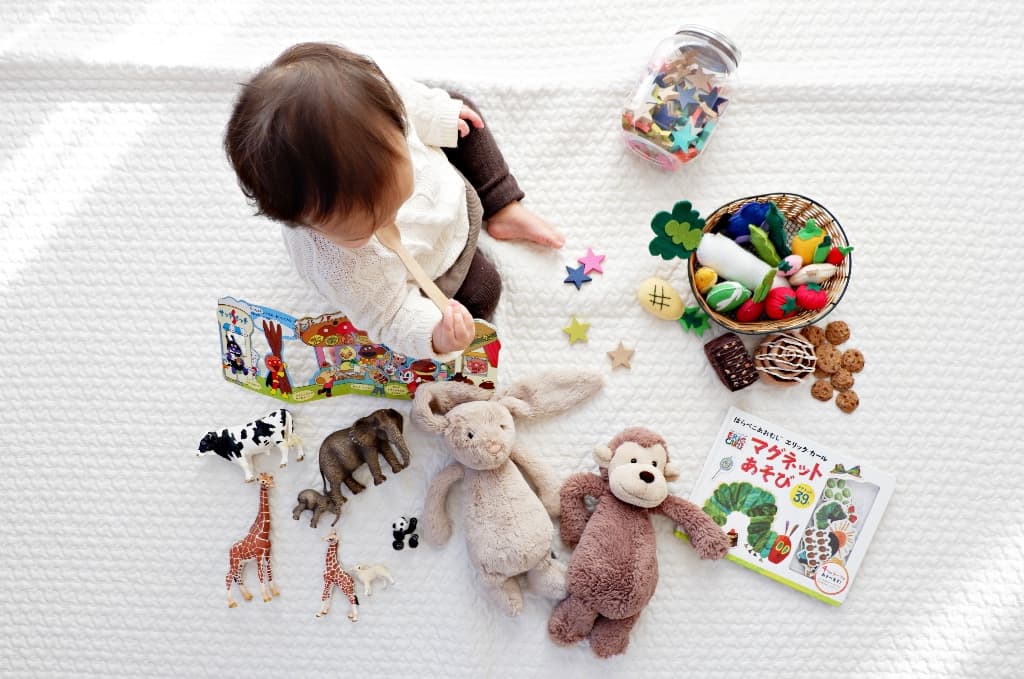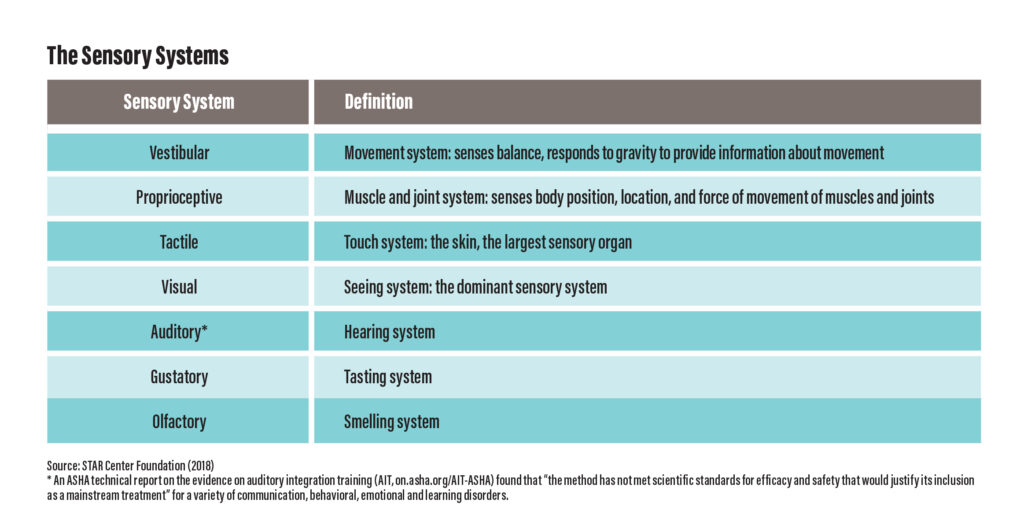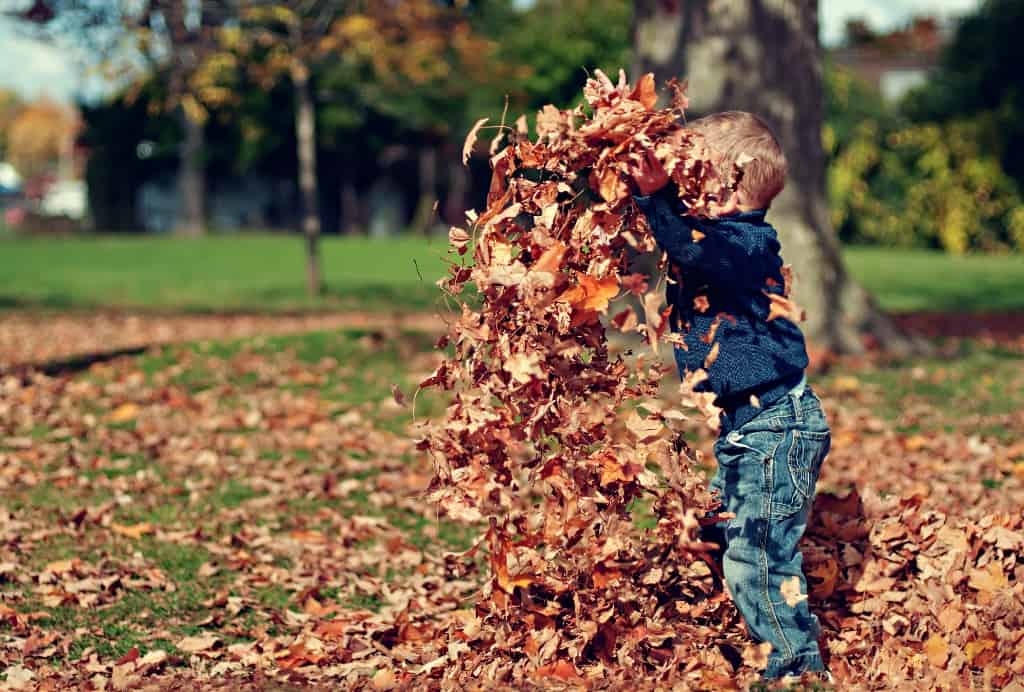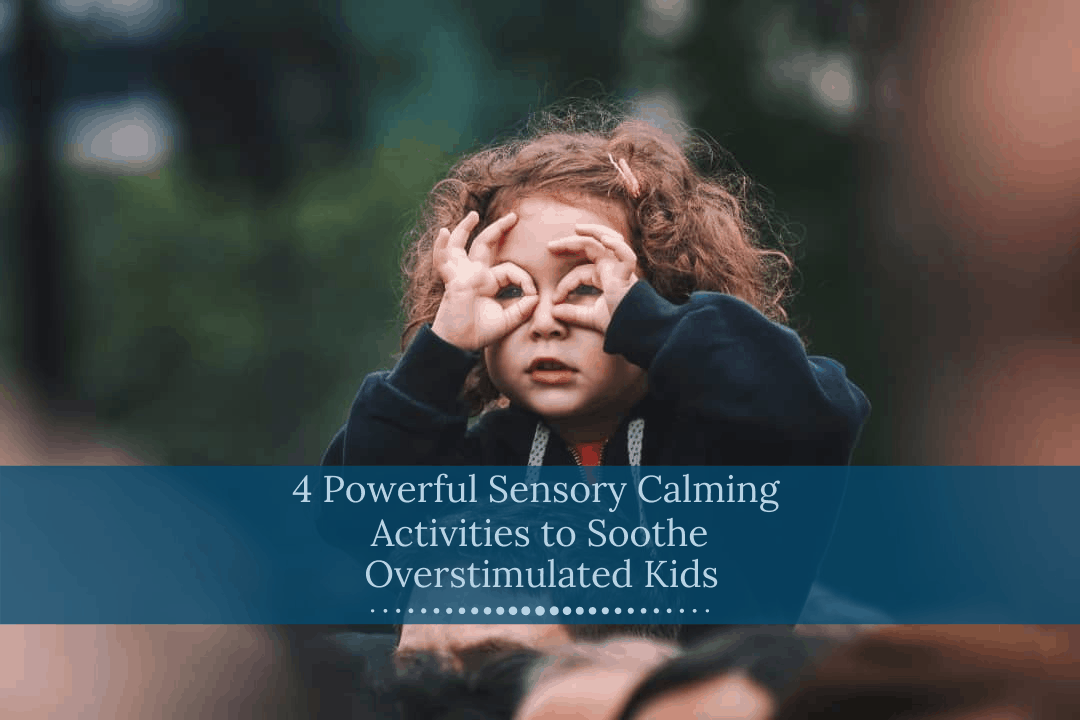Too loud! Too bright! Too sticky!
Sensory overload and overwhelm is not just an “issue” reserved for kids on the autism spectrum, or those with ADHD and SPD (sensory processing disorder).
Let’s face it — even adults have a hard time winding down. Apps like Calm and Headspace are making major waves with wound-up, stressed-out, overstimulated individuals.
Regulating emotional responses is a constant exercise in balance, as adults can attest to. Fortunately, integrating sensory calming activities has a proven track record of success for kids. As any Occupational Therapist will tell you, these activities, when tailored to your child, have the powerful and demonstrable ability to focus, calm, or even alert a child.
It’s certainly not a one-size-fits-all situation, however, so you should learn what types of behaviors your child displays, and which activities align best with their needs.
Table of Contents
- What is Sensory Processing Overload in Children?
- Signs of Sensory Issues in Kids
- How to Determine How Sensory Sensitive Your Children Are
- How Do Sensory Calming Activities Work?
- What Do Sensory Calming Activities Look Like?
- 4 Powerful Sensory Calming Activities for Kids
What is Sensory Processing Overload in Children?
If your child expresses discomfort and extreme irritability at something commonplace as changing their diaper, how can you hope to head back to work?
If they feel stressed, anxious, or even pained when abrupt noises occur in their environment, how can you turn your attention to your other kids?
As a student, how can a child who acts out at a tower of blocks tumbling down by diving under a table ever hope to connect with their classmates?
Sensory processing overload is a response to stimuli in which children react in particular ways to a trigger. Not all responses are the same and not all stimuli or triggers are consistent in children.
For some, the tactile experience is excruciating. It may result in withdrawal, hiding, running away, screaming, and more. For others, it’s auditory or oral. These extreme reactions are a form of overresponsivity.
Coping mechanisms of children who display sensory processing overload or sensitivity are just as unique. “Some children discover this for themselves,” says Elysa Marco, a cognitive and behavioral pediatric neurologist at UCSF Benioff Children’s Hospital in San Francisco. She cites the case of two brothers, Xander and Elias, who both demonstrate extreme reactions to sensory inputs.
As you can imagine, oscillating between flight, fight, or freeze gets exhausting for parents, children, and other caregivers or educational professionals.
Or, as Aimee Piller puts it:
“[Because] of sensory-processing differences, children may attend to meaningless stimuli rather than the task at hand. In children with these challenges, we often see difficulties with attention-shifting, selective attention, distractibility and joint attention, and the ability to understand oneself and relate to others in the environment. These difficulties can hamper children’s development of symbolic behaviors, including the ability to use and respond to symbols, an important component of communication development.” — Sensory Strategies to Calm and Engage Children with Autism Spectrum Disorder

Sensory processing overload can, of course, show up in children on the autism spectrum or those displaying ADHD. In fact, occupational therapists know that sensory processing challenges are a hallmark of autism spectrum disorder. The main issue for OTs is always to find and create activities that focus, attend, and engage.
But the trick, for both parents and clinicians, is to find the right sensory strategies and activities. These are ones designed to soothe a child’s level of arousal with respect to their particular sensory sensitivity. Over time, sensory calming activities will help kids reach a balanced and optimal state.
Signs of Sensory Issues in Kids
You may not even notice the subtle signs of sensory processing overload in children. However, they’re clear and they exist. Like Elias and Xander, children with sensory issues may display a specific kind of coping mechanism, even if the stimuli or trigger changes.
Though coping mechanisms are personal, the signs of sensory processing overstimulation or overload are quite consistent.
Children With High Sensory Sensitivity
Symptoms include:
- Crying
- Crankiness
- Tantrums
- Over-the-top meltdowns
- Displaying even more hyper, aggressive, or excited when overstimulated
- Could also withdraw from people, act sleepy, or zone out
Children With Lower Sensory Sensitivity
Symptoms include:
- Less critical of foods, sights, sounds, smells, even the feel of new clothing
- Less awareness of sensory stimulation also means less reaction to protect themselves from pain and dangerous stimuli
- May not even notice loud noises or strong smells
Children Who Are Sensory Seekers
Kids who are sensory seekers are usually high on energy. Generally, they fall under those seeking “proprioceptive input”. This means that their bodies, especially their muscles and joints, are good ways to help regulate emotional and behavioral responses to stimuli. They may exhibit sensory seeking behaviors like:
- Biting and chews on objects (like sleeve of jumper)
- Hyperextending joints
- Touching everything in sight
- Being messy
- Looking for bright lights, spinning objects, and high contrast pictures
- Engaging in weight-bearing activities
- Prefers to run, jump, or stamp heavily
- Throws self to the floor
How to Determine How Sensory Sensitive Your Children Are
There are several sensory channels that you should be monitoring to determine just how sensitive your child is (or children are). These include vestibular, proprioceptive, tactile, visual, auditory, gustatory, and olfactory. The seven systems of the “senses” are triggered during sensory processing overload.

Keep in mind that a child may experience disruptions to multiple systems at once. Over a period of a few weeks, use the following checklist to observe your child’s behavior and gauge their sensitivity. You can use the table to give a weight to the severity of the sensitivity:
- Do your children display strong reactions to painful situations?
- Do they display extremely sensitive reactions to certain fabrics or the way certain clothing feels?
- Do your children display sensitivities to the textures of certain foods
- Do they often comment on how things taste?
- Do your children need a room to be completely dark before they sleep?
- Are your children extremely aware of slight changes in soft sounds, the direction of sounds, or
- Do they react when faced with smells and odors (whether “pleasant” or not)?
| 1 | 2 | 3 | 4 | 5 |
|---|---|---|---|---|
| No | Yes | |||
| Does not notice pain | Feels pain very strongly | |||
| No reaction to contact | Easily irritated or pleased | |||
| Cannot tell the difference | Notices tiny variations | |||
| Does not notice odors | Has a keen sense of smell | |||
| Does not notice noise | Sensitive to sounds | |||
| Visually insensitive | Visually sensitive |
Where your answers fall on the scale above will help you understand what kind of sensory sensitivity your child is experiencing.
How Do Sensory Calming Activities Work?
We’ve been speaking about children who display sensory sensitivity specifically and consistently.
But the fact is that even children who can emotionally and behaviorally self-regulate are at risk. They can become overstimulated from too many structured activities, being over scheduled, or because of excessive screen time. Coping with your child’s sensory overload requires you to do some planning and strategizing.
Working with your Occupational Therapist, you can create a sensory regimen for your child with multiple activity options that will optimize their sensory regulation.
Teaching your child sensory calming techniques specific to their needs can help when they are upset or having a meltdown. It allows your kids to use the information they learned previously and self-regulate.
Providing your child with a visual of self-calming strategies. They can independently use these resources when faced with stress or overwhelm
Once the situation resolves, review with your child what they did to help themselves. Take the opportunity to turn a difficult situation into one from which they can learn and grow.
- Acknowledge there was a problem: (“I saw you were frustrated when….”)
- Acknowledge their ability to utilize a strategy to help themselves: (“I noticed you were able to….”)
- Discuss solutions and alternative solutions.
- Reinforce the child’s ability to use technique successfully.
- Try reducing the noise or activity around your child
- When they’re ready to re-engage, try to help them communicate how they were feeling (you may have to wait up to a day later to speak to them about this)
What Do Sensory Calming Activities Look Like?
Because each child has a unique set of sensory needs, you and your occupational therapist should develop a “sensory diet.”
Sensory diets that include these sensory calming activities can help children:
- Tolerate sensations that they find challenging
- Respond to situations in a calmer way
- Regulate emotions in a more conscious way
- Make transitions less stressful
A sensory diet is a plan or a routine that incorporates specific activities that help ease and calm your child.
When you create a sensory diet, activities can include:
- Swinging (back and forth)
- Rocking in a chair
- Quiet time/space
- Listening to music
- Pushing, pulling or carrying heavy objects
- Placing a weighted blanket on your lap
- Bear walks

4 Powerful Sensory Calming Activities for Kids
To help you develop a sensory calming “diet” for your children, consider including these go-to activities. If you place them in other rooms, they can also provide a reprieve for your child.
1) Calm Down Yoga Poses
“Calm down” yoga poses help a child (and many adults) manage big emotions. Yoga helps to focus a child’s breathing by encouraging them to close their eyes. Calm down yoga poses help them focus and present. Poses that help include Warrior 2, Tree Pose, Chair Pose, Down Dog, Child’s Pose, and Reclining Hero Pose.
If your child can’t manage inversions yet, they can also…
- Place their feet elevated on a couch while sitting upside down
- Hang upside down on monkey bars
- Do a supported wall headstand
…because these help focus your child. Inversions also redirect the blood to the head, which helps calm your nervous system.
2) Set Up a Sensory Space or Room
A “sensory space” or room can be a designated area in the house. It should be far away from sounds, lights, and free of fabrics or textures your child finds alarming.
Though not an activity, the sensory room is a place where your child can calm down as they do routine calming activities. When they’re ready, they can leave the room or exit the space. You can even make it an “adventure” for your child by making it a sensory tent!
3) Create a Playdough Play Station
Kneading, pressing, and pulling playdough can be very relaxing. They also provide good sensory feedback for children who are naturally sensory seekers. If you make your own playdough, you can involve your child in this activity as well.
Finally, incorporate a few drops of calming lavender essential oils to make this a truly relaxing activity.
4) Build a Tactile Bin
A tactile “bin” is quite easy to make and you’ll be surprised how quickly your child reverts to playing with it when they feel stressed or anxious. All you need to do is fill a shoebox with “textured” items.
These include:
- Dry beans
- Rice
- Pasta
- Sand
When you’re done, you can include your child’s new tactile bin in their sensory “tent.”
Conclusion
There’s a difference between children being hangry, cranky, and throwing a tantrum and them consistently displaying overwhelm or overload in response to certain environmental triggers.
Understanding how intensely your child experience sensory overload is the first step. Moving forward with this information, you can work with therapists to create a sensory diet packed with simple, but powerful, activities to calm your child. Contact Greater Learning to find out how professional intervention and a developed plan can be immediate and cumulative.


0 Comments